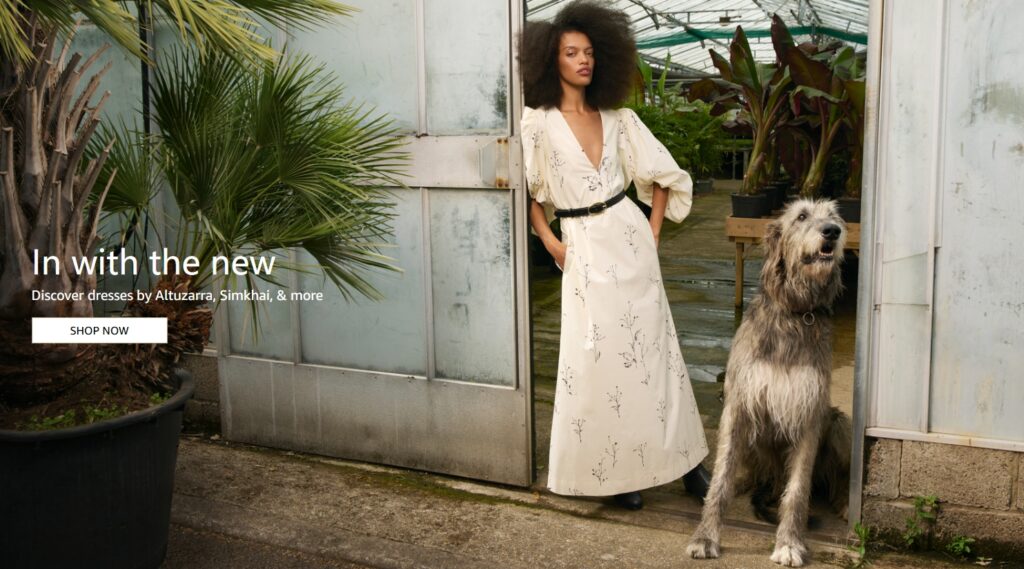The word “camera” once conjured a very specific image: a black box with a lens, a viewfinder, and a roll of film hidden inside. Today, that definition has exploded. The modern camera is less a simple recording device and more a portable computational powerhouse, fundamentally changing how we capture and interact with the world. This isn’t just an evolution; it’s a silent revolution happening in our hands and on our tripsods.

The Mirrorless Metamorphosis
The most significant shift has been the decisive move from DSLR to mirrorless technology. By removing the bulky mirror box and optical viewfinder, manufacturers have unlocked a new era of compact, lighter, and incredibly fast cameras. But the real magic lies in the electronic viewfinder (EVF). Now, photographers can see exposure, white balance, and depth of field in real-time, before they press the shutter. It’s like having a live, through-the-lens darkroom, transforming guesswork into certainty.
Computational Photography: The Invisible Artist
This is the true heart of the revolution. Your latest stunning low-light shot without a tripod? Thank computational photography. Algorithms now work at lightning speed, stacking multiple images to reduce noise, enhance dynamic range, and create breathtaking clarity. Features like Night Mode, Focus Stacking, and Real-time HDR are no longer exclusive to smartphones; they are now core to dedicated cameras. The camera is no longer just capturing light; it is intelligently interpreting and constructing the best possible image.
The AI Co-Pilot
Artificial Intelligence has moved from a buzzword to an indispensable assistant. Modern cameras boast subject recognition that’s terrifyingly accurate. Eye-AF (Autofocus) can lock onto a subject’s eye—human, bird, or animal—and track it relentlessly across the frame. This allows photographers to focus on composition and moment, trusting the machine to handle the technical precision. It’s democratizing professional-grade results, enabling creators at all levels to capture shots that were once the domain of seasoned pros.
The Renaissance of Glass
While bodies get smarter, lenses are getting brighter and more versatile. Optical engineers are designing lenses with unprecedented wide apertures (like f/1.2 or even f/0.95) that create sublime background blur (bokeh) and perform miracles in low light. Simultaneously, the humble zoom lens has been reborn. All-in-one travel zooms now offer staggering range without sacrificing significant quality, meaning one lens can truly do it all for the adventurous shooter.
The Connected Creator
Today’s photo products are deeply connected. Built-in Wi-Fi and Bluetooth are now standard, allowing for instant transfer of high-resolution images to your smartphone for editing and sharing on the go. Cloud connectivity enables photographers to back up their work directly from the field, ensuring that once-in-a-lifetime shots are never lost. The camera has finally become a seamless node in the creative digital workflow.
Conclusion: The Human Element Endures
Despite all the technological wizardry, the core principle remains unchanged. The camera is a tool. The vision, the creativity, and the story—that is, and always will be, uniquely human. The modern suite of camera and photo products doesn’t replace the artist; it empowers them. It removes technical barriers, allowing us to push creative boundaries further and translate our imagination into imagery with more freedom and fidelity than ever before. The revolution isn’t about better pixels; it’s about better possibilities.

